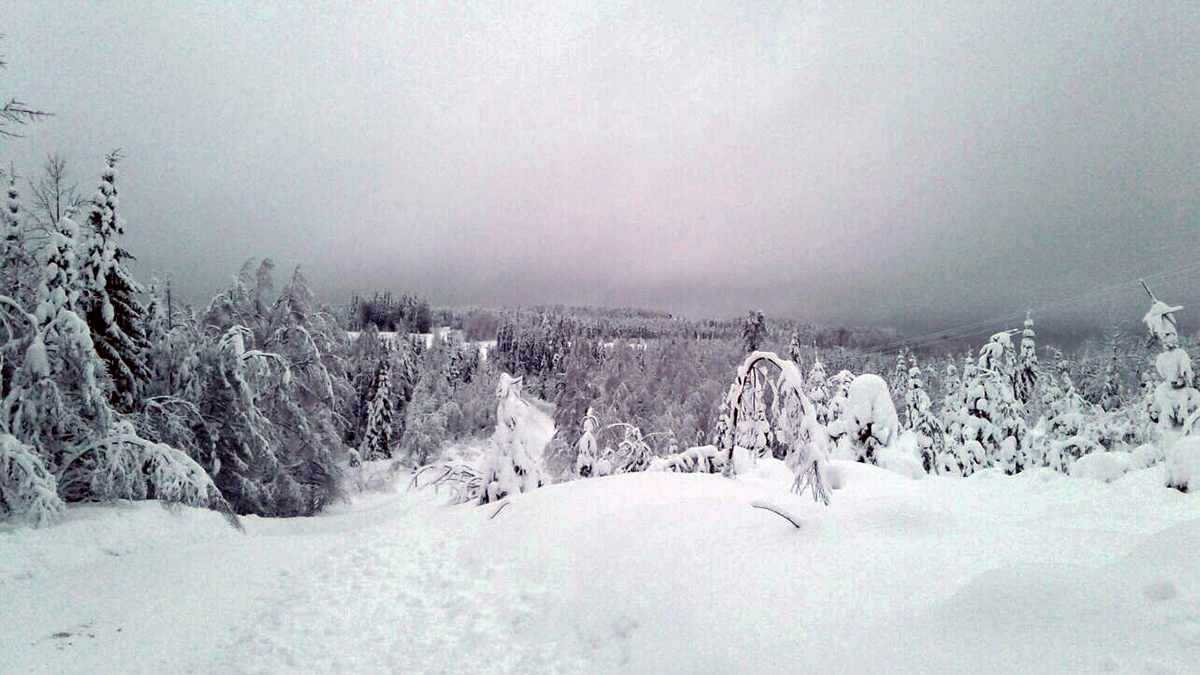February and the entire winter were milder than usual in Finland

Temperatures deviated from the long-term average by about 2-3 degrees. The greatest divergences were in Ostrobothnia and Lapland where the average temperature was more than three degrees higher than usual over wide areas.
The lowest temperature for the month, -33.4 degrees, was recorded in Kittilä at the Lompolonvuoma observation station on 22 February. The highest temperature for the month, +9.1 degrees, was recorded at the Yltöinen observation station in Kaarina on 13 February.
Precipitation in February was largely at normal levels or slightly lower than usual. February precipitation was heaviest in Enontekiö in the Kilpisjärvi village centre, where total amount of precipitation was 67.9 millimetres. The heaviest precipitation for a single day, February 12, was 29.1 millimetres, also at Kilpisjärvi. The least amount of precipitation for the month was at Toholampi at the Laitila observation station.
There was snow on the ground at all observation stations at the end of February. The least amount of snow, 1 centimetre, was on the island of Utö in the Southwest Archipelago. Snow was deepest, 89 centimetres, at the Puolanka Paljakka observation station in Kainuu. There was less snow than average on the ground for the period in western parts of the country and the west of North Ostrobothnia, while the snow situation in the east, and in other northern areas of the country, was near levels that are typical, or slightly above normal in some locations.
In February there were about 30-70 hours of sunshine. Generally speaking, the number of hours of direct sunlight was below the average for February.
Mild winter despite cold December
Winter - the period from December through February - was milder than usual according to statistics of the Finnish Meteorological Institute. The deviation from the long-term average was, generally speaking, 1-2 degrees higher than usual.
December was slightly colder than usual, but the unusually mild January, and February, which was milder than average, made for a winter that was milder than usual. The average temperature for the winter varied between about zero degrees in the Southwest Archipelago and about -10 degrees in the northwest of Finnish Lapland.
The highest temperature for the winter, +9.1 degrees, was recorded at the Yltöinen observation station in Kaarina on 13 February. The lowest temperature, -34.8 degrees was measured at Muonio village on 7 January.
Precipitation for December-February was mostly near levels typical for the season, but locally there were areas with more precipitation – for example, along the south coast, and locally in Central and Northern Lapland, precipitation was considerably higher than usual, and along the south coast, precipitation was unusually heavy in places.
Based on preliminary information, precipitation in the winter months was heaviest at the Nuuksio observation station in Espoo - 256.7 millimetres. Precipitation was lowest at the Laitila observation station in Toholampi - 58.7 degrees.
There were fewer hours of direct sunlight than average at the observation stations, significantly fewer in some places.
Further information
Weather statistics at the climate service tel. 0600 1 0601 (EUR 4,01/min + local network charge)
